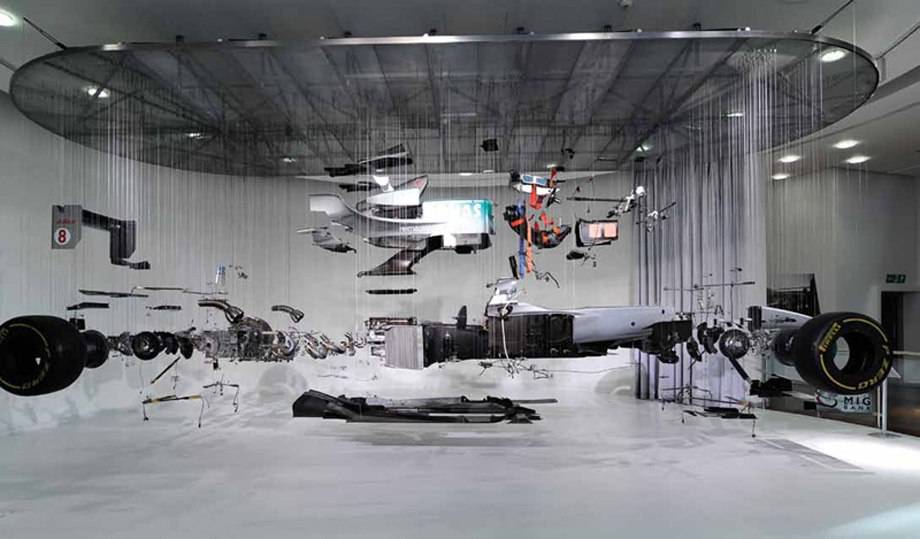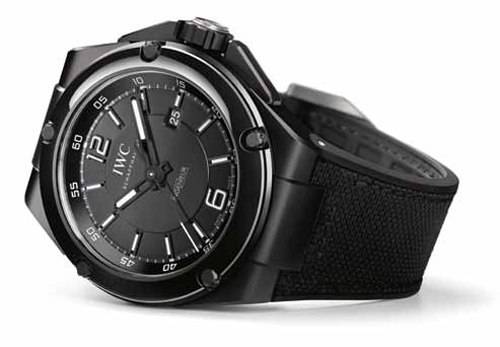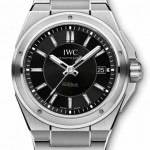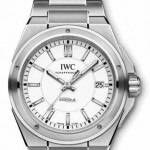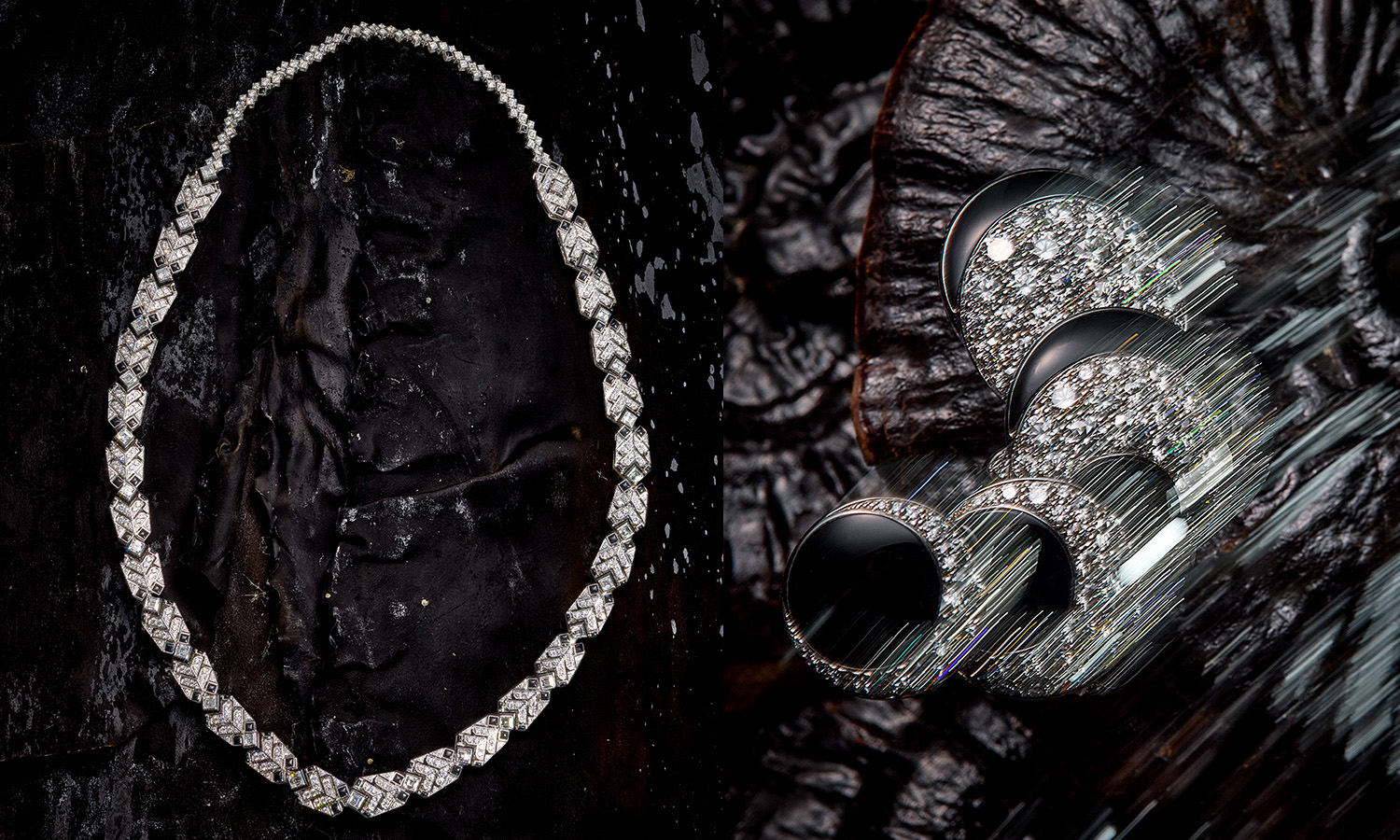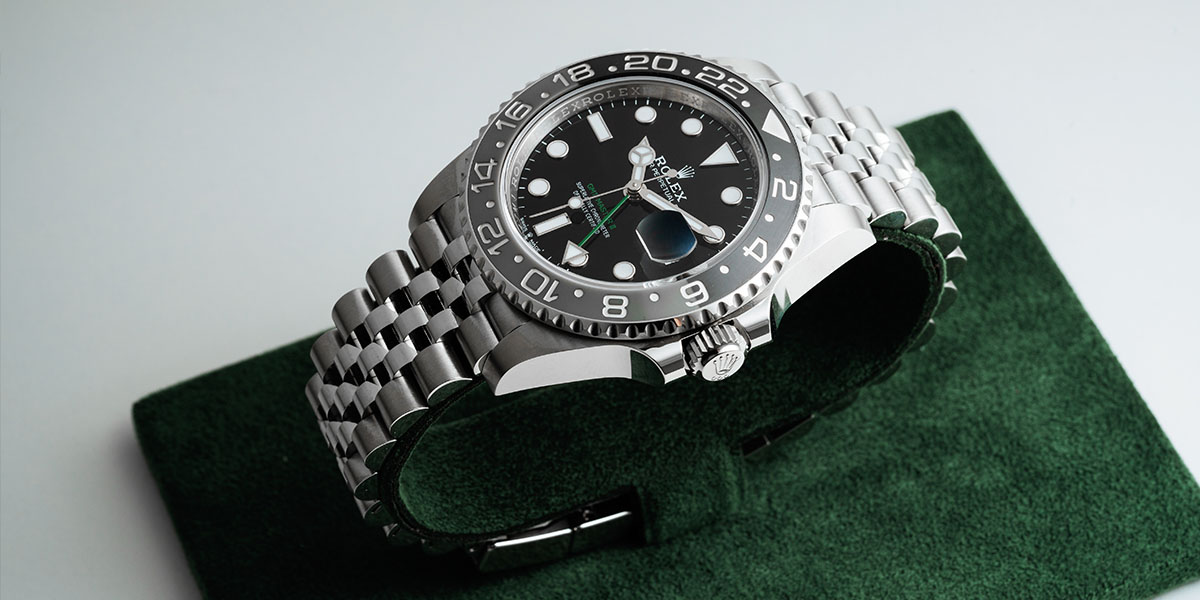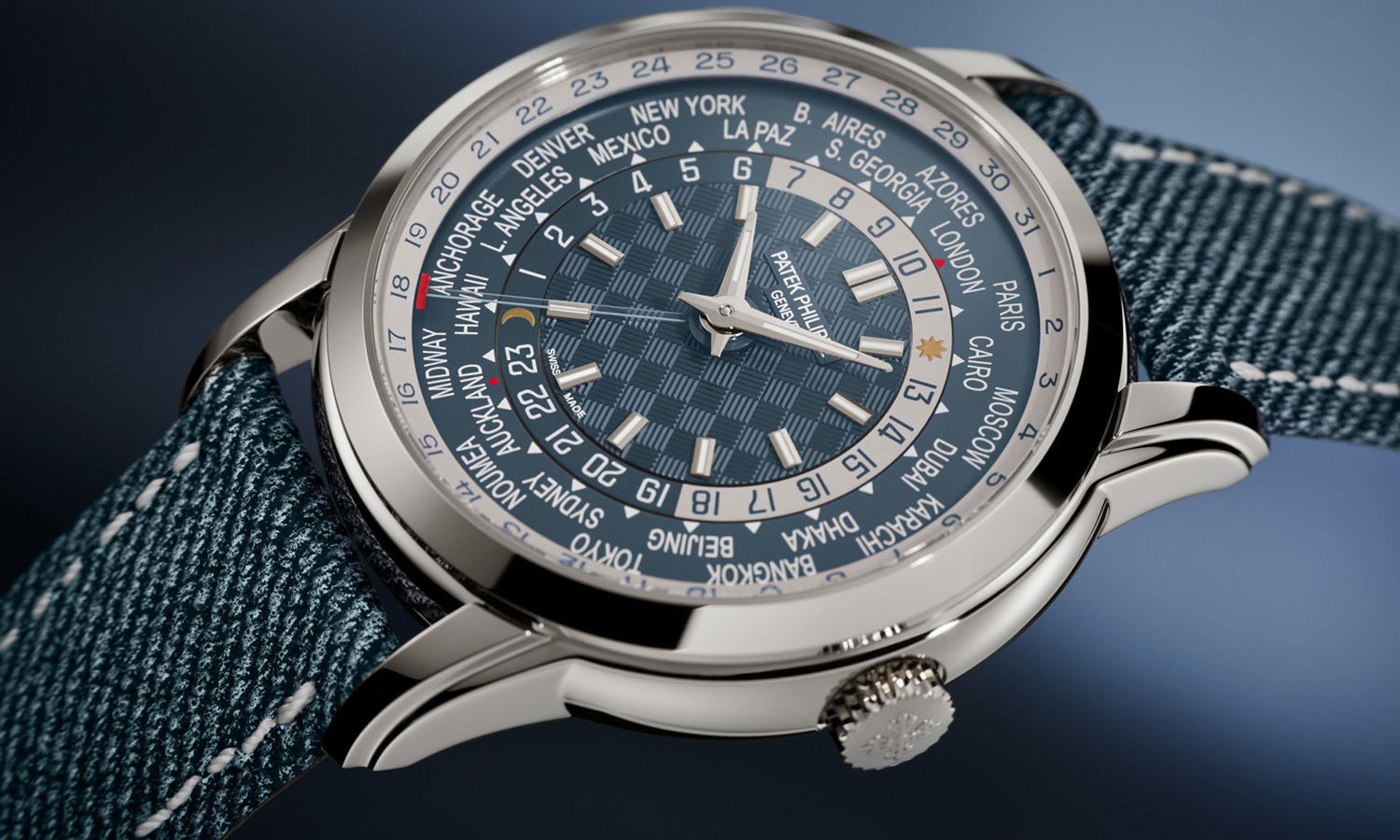
Fast Company : IWC Goes To The Track With Formula One
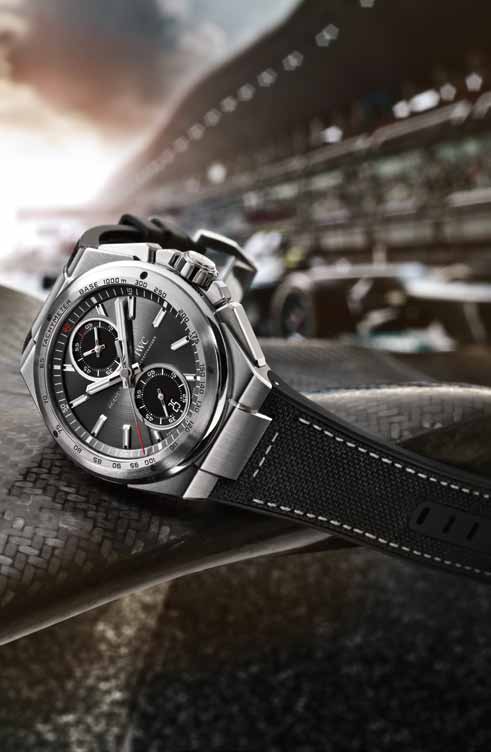
It figures. IWC’s boss has turned the company into one of the best-known fine watchmaking companies in the world, and its iconic bestsellers— pilot’s watches, like the Mark series, Miramar chronographs (named for the former headquarters of the Navy’s elite TOPGUN program, colloquially known as the Fighter Weapons School, and properly as the US Navy Strike Fighter Tactics Instructor Program) and elegant Portofino dress watches are some of the most recognizable in the world. The theme, though, of the new partnership with Mercedes AMG Petronas F1, is engineering—and IWC’s taken the opportunity to update its line of Ingenieur watches with a fistful of new timepieces that it hopes will make the Ingenieurs the watch of choice of men’s men around the globe.
The original Ingenieur family goes all the way back to 1954, and the name—which, of course, means “engineer”— reflects the form-followsfunction technical mission of its heritage. The Ingenieur’s claim to fame when it was first launched was its durability—it had a simple, unadorned round shape, a dial and hands that aimed not for razzledazzle but for legibility, and a tough, water and shock resistant case. Most notable, though, was its resistance to magnetismthe Ingenieur models of the vintage era were frequently designed to be antimagnetic to up to 40,000 A/m (amperes per meter) with some models double that. The most highly magnetism-resistant Ingenieur was the Ingenieur 500,000 A/malso the most magnetism resistant watch of all time. (The international standard for calling a watch “anti-magnetic” specifies a resistance of 4,800 A/m.)
Since then, the Ingenieur has evolved into more than a technical, antimagnetic watch, but it’s retained the burly styling that was created for it in 1976 by none other than Gerald Genta, the world-famous watch designer who was also responsible for creating the Patek Philippe Nautilus, and the Audemars Piguet Royal Oak. The Genta version of the Ingenieur was the Ingenieur SL, which updated the original, rather stealth-watch design and put it in a boldly geometric case with an integrated steel bracelet—a design concept characteristic of Genta’s best work from the 1970s.
We think, though, that the breakout hit for 2013 will be the model simply named the Ingenieur Automatic. Though not a literal re-creation of Genta’s original design, it’s very close—so much so that we think vintage enthusiasts and newcomers to IWC alike will find its self-confident style irresistible. It’s got an understated tough-guy vibe we love, enough of the original Genta design to satisfy any retro-watch lover, and, best of all, it’s got a soft iron inner case that protects the movement from magnetic fields up to 40,000 A/m, just like many of the original Ingenieur designs. It’s a winner inside and out, and its single-minded form-follows-function feel makes it one of the best expressions IWC could have made of the spirit behind Formula One.
 SIGN UP
SIGN UP

